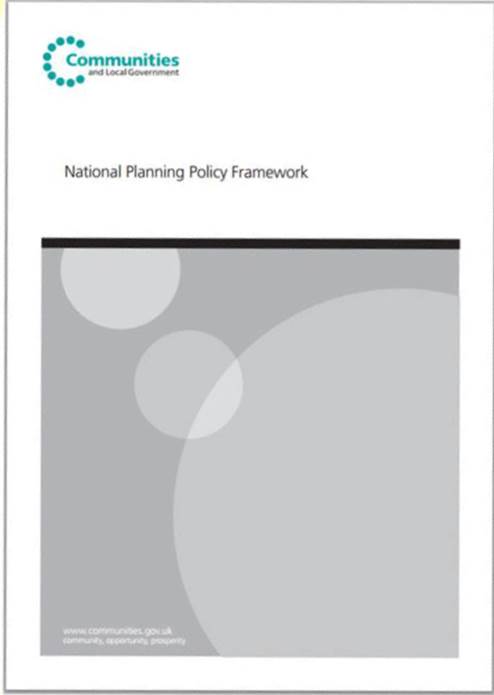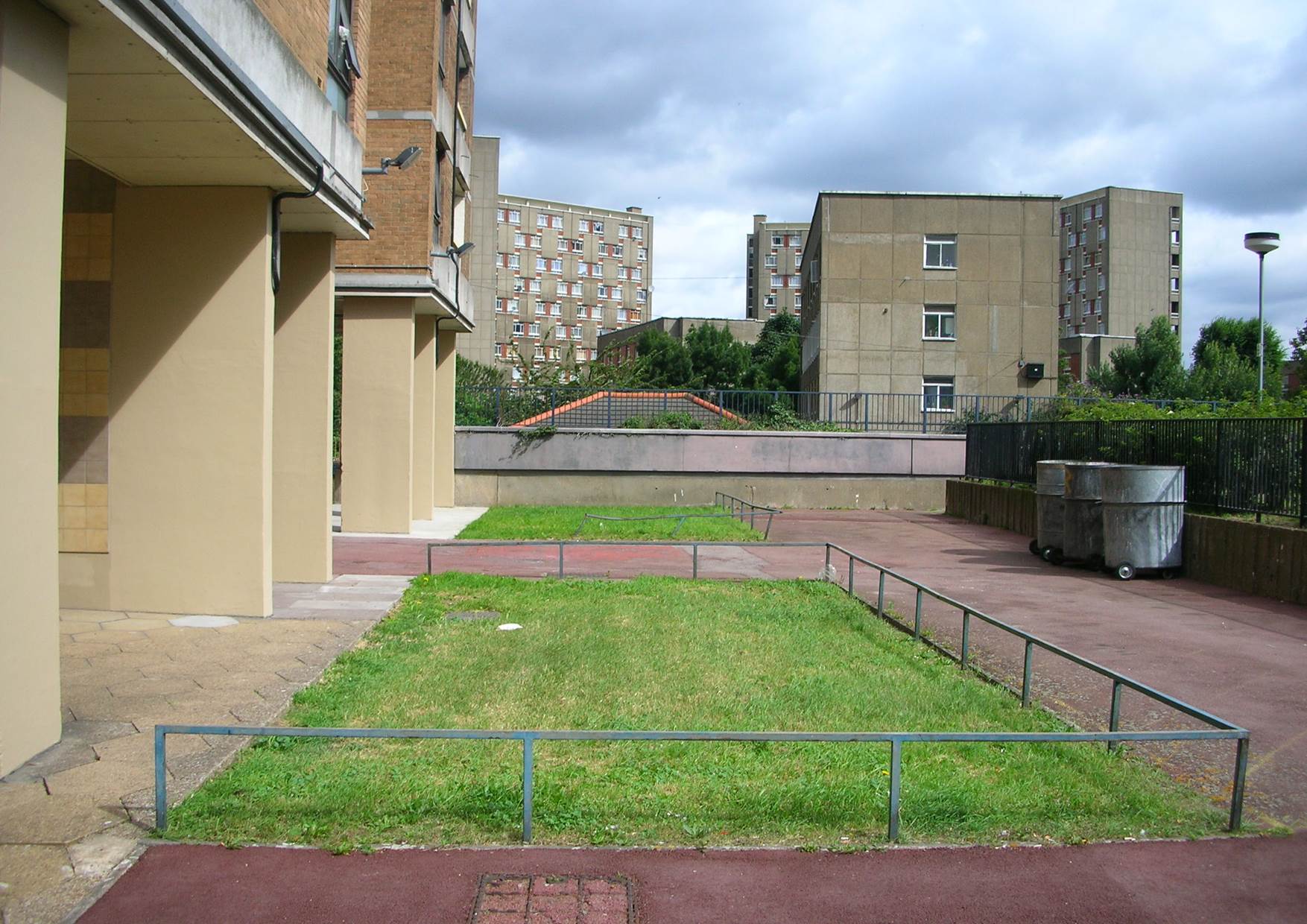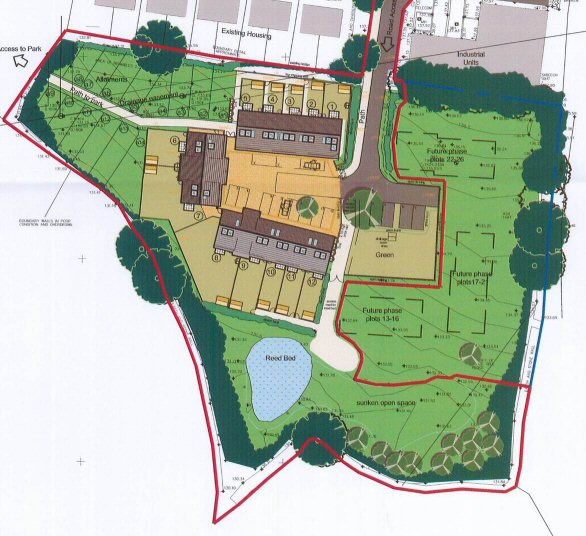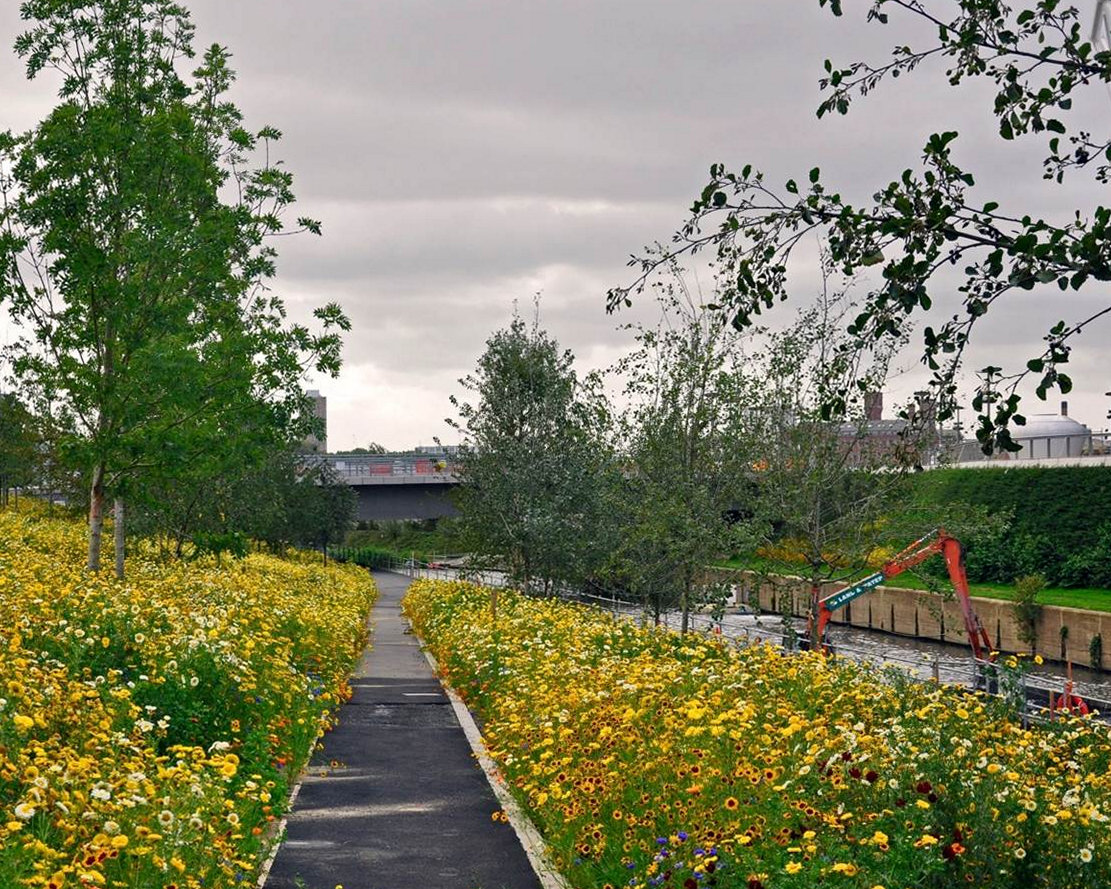- Home
- Public benefits
- Urban gardens
- Introduction to urban garden issues
One of the first changes introduced by the coalition was a move to resist “garden-grabbing” by declassifying gardens as Brownfield Land. This followed lobbying from a range of environmental organisations in response to the data from the Communities and Local Government Department, which revealed the number of houses being built on gardens rose from one in 10 to a quarter of new properties between 1997 and 2008.
There has also been some acknowledgement that gardens need greater protection through the planning system and this was highlighted in the NPPF, which in section 48 says
‘Local Planning Authorities may make an allowance for windfall sites in the five year supply if they have compelling evidence that such sites have consistently become available in the local area……..and should not include residential gardens’ |
While section 53 goes on to say:
‘Local authorities should consider the case for setting out policies to resist inappropriate development of residential gardens, for example where development would cause harm to the local area.’ |
Just how these recommendations of the NPPF guidance has been distilled into Local Plans, Neighbourhood Plans and subsequent planning application decisions is still difficult to quantify 7 years on.
As a Forum we are keen to build up case studies demonstrating the protection of gardens through the planning systems of England, Scotland, Wales and Northern Ireland. If you have examples where positive policies have been adopted in local strategic planning, or where guidance has lead to a positive outcome for the protection of a garden then we would be keen to hear from you.
The following web pages are planned which will look at the role of gardens within the planning and built environment in more detail and provide a review of these topics.
- Green Infrastructure explained
- Status of gardens in the planning system
- Protecting good gardens
- Good urban planning design
- Buildings and wildlife
- Changes the Forum wants to see
If you are involved in the planning or building professions and would like to help with this part of the website please get in touch via the Website comments, suggestions or offers of help form on the Contact us page
Page written by Laura Brook Reviewed by Steve Head
Not the most inspiring of documents in appearance, the 2012 National Planning and Policy Framework drove a coach and horses through decades of carefully honed and tested planning guidance.
Introduction to urban garden issues
Gardens are a fundamental part of our urban landscape, in which wildlife can thrive and we can gain pleasure, enjoyment and knowledge. With increasing pressure of development in our urban areas, the Wildlife Gardening Forum wants to highlight the important roles urban planning and good design have to play.
It is important that gardens are adequately planned for in new developments, and that existing gardens are protected in both rural and urban settings. We also want to highlight the important role for these privately managed green spaces in helping wildlife to move and adapt to climate change. The importance of gardens - perhaps the single biggest resource for nature in Britain today - must be recognised in future planning and infrastructure processes.
The planning system has seen many changes since the introduction of the town and country planning act in 1947. Recognition of the significance of gardens and their protection through the planning system continues to be limited. The coalition government which was formed in 2010 brought sweeping changes to the planning system, particularly in England, with the most obvious being introduction of the National Planning Policy Framework (NPPF), and the slimming down of official planning guidance from 1000 pages to less than 50.





Introduction to urban garden issues
Gardens are a fundamental part of our urban landscape, in which wildlife can thrive and we can gain pleasure, enjoyment and knowledge. With increasing pressure of development in our urban areas, the Wildlife Gardening Forum wants to highlight the important roles urban planning and good design have to play.
It is important that gardens are adequately planned for in new developments, and that existing gardens are protected in both rural and urban settings. We also want to highlight the important role for these privately managed green spaces in helping wildlife to move and adapt to climate change. The importance of gardens - perhaps the single biggest resource for nature in Britain today - must be recognised in future planning and infrastructure processes.
The planning system has seen many changes since the introduction of the town and country planning act in 1947. Recognition of the significance of gardens and their protection through the planning system continues to be limited. The coalition government which was formed in 2010 brought sweeping changes to the planning system, particularly in England, with the most obvious being introduction of the National Planning Policy Framework (NPPF), and the slimming down of official planning guidance from 1000 pages to less than 50.

Not the most inspiring of documents in appearance, the 2012 National Planning and Policy Framework drove a coach and horses through decades of carefully honed and tested planning guidance.
One of the first changes introduced by the coalition was a move to resist “garden-grabbing” by declassifying gardens as Brownfield Land. This followed lobbying from a range of environmental organisations in response to the data from the Communities and Local Government Department, which revealed the number of houses being built on gardens rose from one in 10 to a quarter of new properties between 1997 and 2008.
There has also been some acknowledgement that gardens need greater protection through the planning system and this was highlighted in the NPPF, which in section 48 says
‘Local Planning Authorities may make an allowance for windfall sites in the five year supply if they have compelling evidence that such sites have consistently become available in the local area……..and should not include residential gardens’ |
While section 53 goes on to say:
‘Local authorities should consider the case for setting out policies to resist inappropriate development of residential gardens, for example where development would cause harm to the local area.’ |
Just how these recommendations of the NPPF guidance has been distilled into Local Plans, Neighbourhood Plans and subsequent planning application decisions is still difficult to quantify 7 years on.
As a Forum we are keen to build up case studies demonstrating the protection of gardens through the planning systems of England, Scotland, Wales and Northern Ireland. If you have examples where positive policies have been adopted in local strategic planning, or where guidance has lead to a positive outcome for the protection of a garden then we would be keen to hear from you.
The following web pages are planned which will look at the role of gardens within the planning and built environment in more detail and provide a review of these topics.
- Green Infrastructure explained
- Status of gardens in the planning system
- Protecting good gardens
- Good urban planning design
- Buildings and wildlife
- Changes the Forum wants to see
If you are involved in the planning or building professions and would like to help with this part of the website please get in touch via the Website comments, suggestions or offers of help form on the Contact us page
Page written by Laura Brook Reviewed by Steve Head














